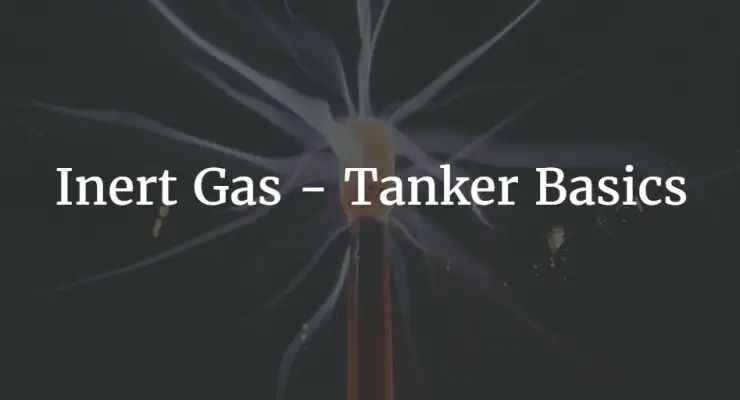General Hydrocarbon gas normally encountered in petroleum tankers cannot burn in an atmosphere containing less than approximately 11% oxygen by volume. One way to provide protection against fire or explosion in the vapour space of cargo tanks is to keep the oxygen level below that figure. This is usually achieved by using a fixed piping arrangement to blow inert gas into each cargo tank in order to reduce the air content, and oxygen content and render the tank atmosphere non-flammable. Sources of Inert Gas Possible sources of IG on tankers and combination carriers are:Uptake gas from … [Read more...]
